Home>Garden Essentials>How To Make A Bird Seed Block
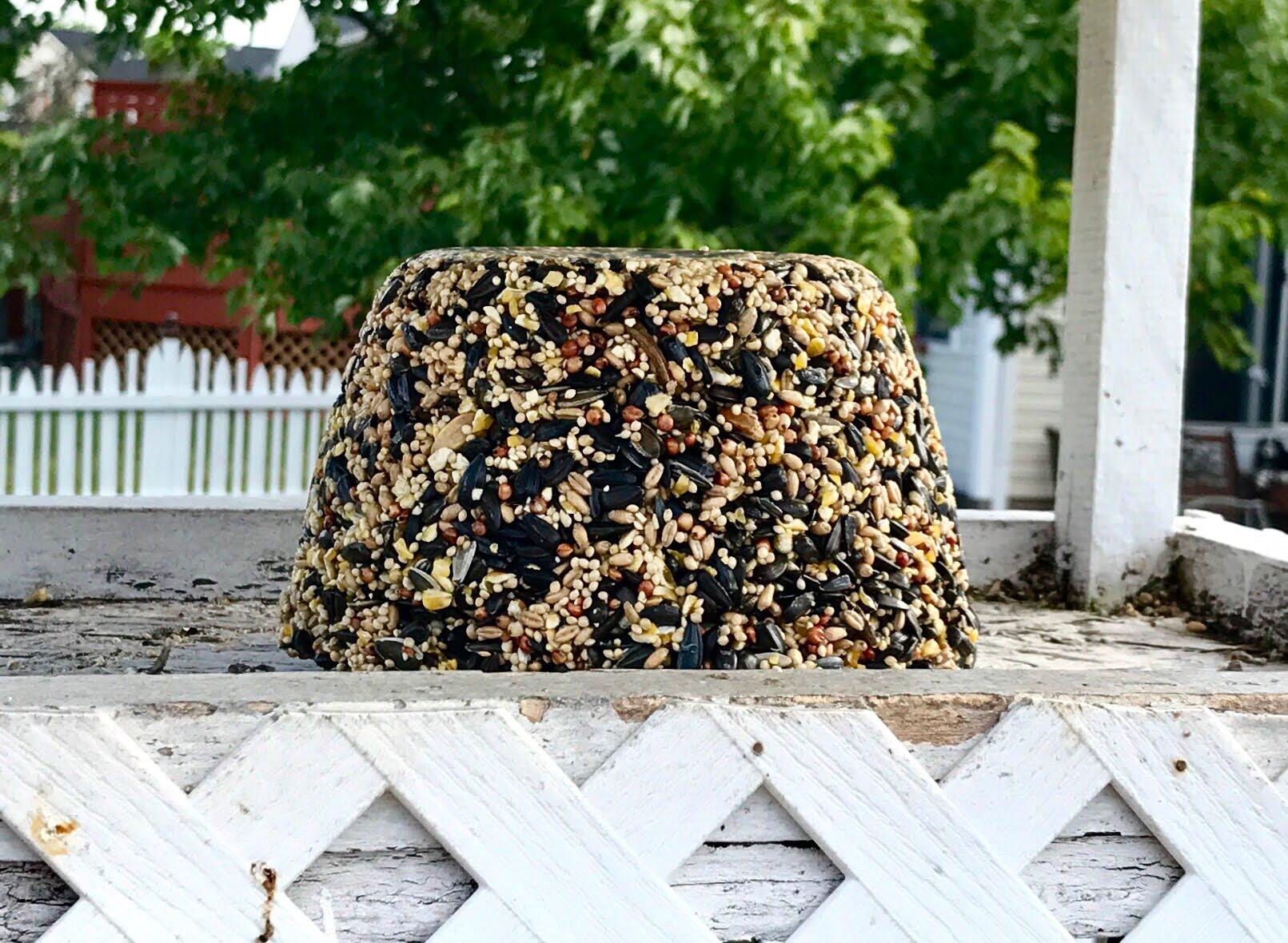

Garden Essentials
How To Make A Bird Seed Block
Modified: March 15, 2024
Learn how to make a bird seed block for your garden and attract beautiful feathered friends. Enhance your outdoor space with this DIY project.
(Many of the links in this article redirect to a specific reviewed product. Your purchase of these products through affiliate links helps to generate commission for Storables.com, at no extra cost. Learn more)
Introduction
Welcome to the wonderful world of bird feeding! If you’re an avid bird watcher or simply enjoy nature, one great way to attract more birds to your yard is by offering them some tasty treats. While bird feeders are commonly used, another fun and creative option is to make your own bird seed blocks.
Bird seed blocks are compact and dense, providing a convenient and long-lasting food source for our feathered friends. Not only are they easy to make, but they also allow you to customize the ingredients to cater to the specific preferences of the birds in your area.
In this article, we will guide you through the step-by-step process of making a bird seed block and provide some handy tips along the way. So, let’s get started and bring the joy of bird watching right to your backyard!
Key Takeaways:
- Create your own bird seed block by mixing bird seed, gelatin, and water. Mold, set, and hang it to attract a variety of birds to your backyard. Enjoy the rewarding experience of bird watching!
- Customize your bird seed block with different seed mixes and add-ins to cater to the preferences of local birds. Experiment, observe, and adjust to create a delightful feast for feathered friends.
Read more: How To Make Bird Seed Blocks With Gelatin
Materials Needed
Before you begin making your bird seed block, make sure you have the following materials on hand:
- A large mixing bowl
- Bird seed mix (a variety of seeds preferred by birds in your area)
- Unflavored gelatin packets
- Boiling water
- A mold or container (such as a cookie cutter, silicone mold, or small baking dish)
- Parchment paper or plastic wrap
- A wooden skewer or straw for making a hanging hole (optional)
- A spatula or spoon for mixing
- Measuring cups and spoons
- Optional add-ins: dried fruits, nuts, suet, or mealworms
Once you have gathered all the necessary materials, you’re ready to move on to the next step!
Step 1: Prepare the Mixture
The first step in making a bird seed block is to prepare the mixture that will hold the seeds together. Follow these simple instructions:
- In a large mixing bowl, combine the bird seed mix with the unflavored gelatin. The ratio is typically 1 part gelatin to 4 parts bird seed, but you can adjust it based on your preference.
- Slowly add boiling water to the bowl and stir the mixture well. The gelatin will dissolve in the hot water and help bind the seeds together.
- Continue stirring until all the bird seeds are evenly coated with the gelatin-water mixture. You want the seeds to be well-distributed to ensure a solid and cohesive block.
- If desired, this is the perfect time to add any optional add-ins such as dried fruits, nuts, suet, or mealworms. These additions can provide extra nutrition and variety for the birds.
Once you have thoroughly mixed the ingredients, it’s time to move on to the next step: molding the bird seed block.
Step 2: Mold the Bird Seed Block
Now that your bird seed mixture is well-prepared, it’s time to mold it into a solid block. Follow these steps:
- Choose a mold or container for your bird seed block. This can be a cookie cutter, silicone mold, or a small baking dish. Make sure the size is appropriate for the amount of mixture you have.
- If using a mold, place it on a flat surface lined with parchment paper or plastic wrap. This will prevent the mixture from sticking to the surface and make it easier to remove the block later.
- Carefully spoon the bird seed mixture into the mold, pressing it down firmly to ensure it fills all the nooks and crannies. Use the back of a spoon or a spatula to smooth out the top surface of the block and make it even.
- For added stability, you can place a piece of parchment paper or plastic wrap over the mixture and press down firmly with your hands or a heavy object. This will help compact the ingredients and create a dense block.
Once the bird seed mixture is firmly packed in the mold, it’s time to move on to the next step: creating a hole for hanging.
Step 3: Create a Hole for Hanging
In order to hang your bird seed block, you’ll need to create a hole for attaching a string or wire. Follow these steps to create a secure hanging hole:
- While the bird seed mixture is still in the mold, locate the top edge of the block where you want to place the hanging hole.
- Using a wooden skewer or a straw, carefully poke a hole through the mixture. Make sure the hole goes all the way through the block and is wide enough to accommodate your chosen hanging material.
- Wiggle the skewer or straw around a bit to widen the hole slightly. This will ensure that the hole doesn’t completely close up as the mixture sets.
Creating a hole beforehand will make it much easier to hang the bird seed block later on without disrupting its shape. Once the hole is made, it’s time to move on to the next step: letting the block set.
Mix bird seed with gelatin and water, then press into a mold and refrigerate until firm. Hang the block outside for the birds to enjoy!
Read more: How To Make Bird Seed Blocks Without Gelatin
Step 4: Let the Block Set
After creating the hanging hole, it’s time to let the bird seed block set and firm up. This step is essential for ensuring that the block maintains its shape and integrity. Follow these steps to let the block set:
- Carefully transfer the mold with the bird seed mixture to the refrigerator. Place it on a flat surface to prevent any potential spills or mishaps.
- Allow the bird seed block to chill and set in the refrigerator for at least 1-2 hours, or until it has become firm and solid. The cooling process will cause the gelatin to set and bind the seeds together.
- Once the block is fully set, remove it from the refrigerator and gently pop it out of the mold. If it doesn’t come out easily, you can try running warm water over the bottom of the mold for a few seconds to help loosen the block.
- Set the bird seed block aside on a clean surface or plate to reach room temperature. This will prevent condensation from forming when you hang it outside.
While the block is setting, you can prepare the hanging material and find the perfect spot to hang your creation. Let’s move on to the final step: hanging and enjoying the bird seed block.
Step 5: Hang and Enjoy
Now that your bird seed block is ready, it’s time to hang it up and let the birds enjoy their delicious feast. Follow these steps to hang the bird seed block:
- Prepare a sturdy string, twine, or wire for hanging. Make sure it is long enough to reach your desired hanging location.
- Thread one end of the string through the hole you created in the bird seed block. Tie a secure knot to prevent the block from slipping off.
- Choose the perfect spot to hang your bird seed block. Ideally, it should be in a location that is easily visible for bird watching but protected from strong winds or direct sunlight.
- Attach the other end of the string to a tree branch, garden hook, or any other suitable hanging device. Make sure it is secure and stable to prevent the block from falling.
Once the bird seed block is securely hung, sit back and watch as the birds flock to enjoy their nutritious treat. You can refill or replace the block as needed to keep attracting a variety of birds to your yard.
Remember to clean and maintain the feeding area regularly to ensure the health and well-being of the birds.
By following these simple steps, you can create your own bird seed block and contribute to the welfare and enjoyment of our feathered friends.
Happy bird watching!
Tips and Tricks
Here are some additional tips and tricks to help you make the most out of your bird seed block:
- Experiment with different seed mixes: Try using different combinations of seeds to attract a variety of bird species. Common seeds include sunflower seeds, millet, cracked corn, and nyjer seeds.
- Add some color: Consider incorporating colorful ingredients like dried berries or petals to make the bird seed block visually appealing to both birds and humans.
- Use organic ingredients: Opt for organic bird seed and gelatin to ensure that you are providing a healthy and natural food source for the birds.
- Offer different textures: To attract a wider range of birds, include a mix of fine and coarse seeds in your bird seed block. This will cater to different feeding preferences.
- Protect against squirrels: If squirrels or other wildlife try to raid the bird seed block, consider adding chili powder or cayenne pepper to the mixture. Birds are not affected by the spice, but it will deter squirrels.
- Observe and adjust: Pay attention to which birds are attracted to your bird seed block and make adjustments to the ingredients if necessary. You may need to add or remove certain seeds to cater to the preferences of local birds.
- Hang at different heights: Experiment with hanging the bird seed block at different heights to attract ground-feeding birds as well as those that prefer elevated perches.
- Consider seasonal variations: During different seasons, certain bird species may prefer specific types of seeds. Adjust your bird seed block recipe accordingly to cater to their needs.
- Keep it clean: Remove any moldy or spoiled seeds from the bird seed block to maintain its freshness and prevent the spread of disease.
- Invite other wildlife: If you enjoy observing other wildlife, such as squirrels or chipmunks, you can make a separate block using ingredients that appeal to them. This way, you can create a separate feeding station for different creatures.
With these tips and tricks in mind, you’ll be well-equipped to create and maintain your own bird seed block, providing a delicious and nutritious feast for your feathered friends throughout the year.
Conclusion
Congratulations! You have now learned how to make a bird seed block, a fun and creative way to attract birds to your backyard. By following the steps outlined in this article, you can create a custom bird seed block that will provide a long-lasting food source for the birds in your area.
Remember to gather all the necessary materials and prepare the bird seed mixture using the right ratios. Mold the mixture into a solid block, create a hole for hanging, and let it set in the refrigerator. Once the block is firm, hang it up in a suitable location for the birds to enjoy.
Don’t forget to experiment with different seed mixes, add some color, and consider the preferences of the bird species in your area. Observe and adjust your recipe to attract a wide variety of birds. Protect against unwanted visitors, keep the feeding area clean, and maintain the block by refilling or replacing it as needed.
Making your own bird seed block not only provides nourishment for the birds but also offers a rewarding and enjoyable activity for bird watchers of all ages. It allows you to connect with nature, observe beautiful bird species, and contribute to the welfare of our feathered friends.
So go ahead, gather your materials, and embark on this exciting bird feeding journey. Create your own bird seed block and watch as the birds flock to enjoy the delectable treats you have prepared. Happy bird watching!
Frequently Asked Questions about How To Make A Bird Seed Block
Was this page helpful?
At Storables.com, we guarantee accurate and reliable information. Our content, validated by Expert Board Contributors, is crafted following stringent Editorial Policies. We're committed to providing you with well-researched, expert-backed insights for all your informational needs.
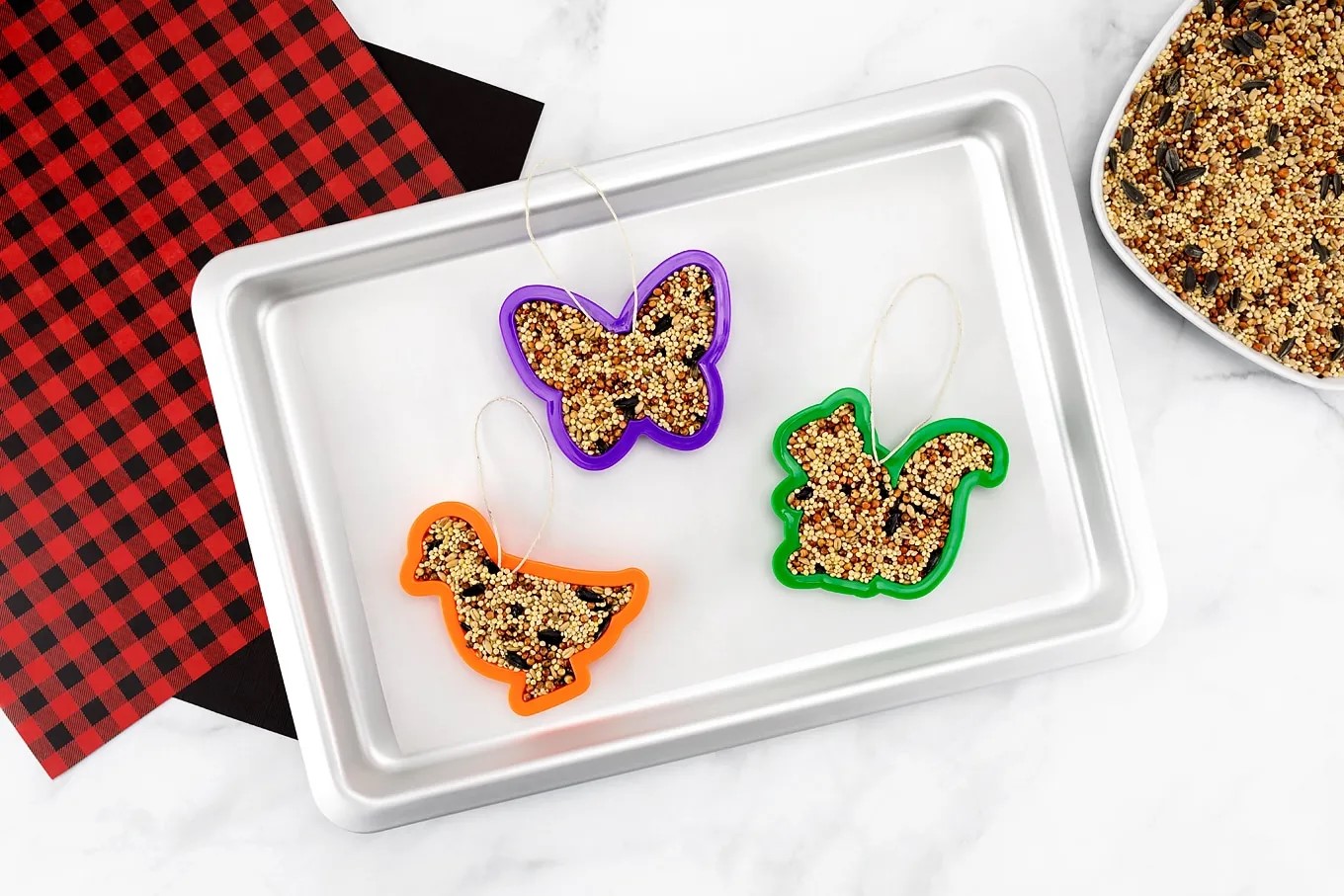
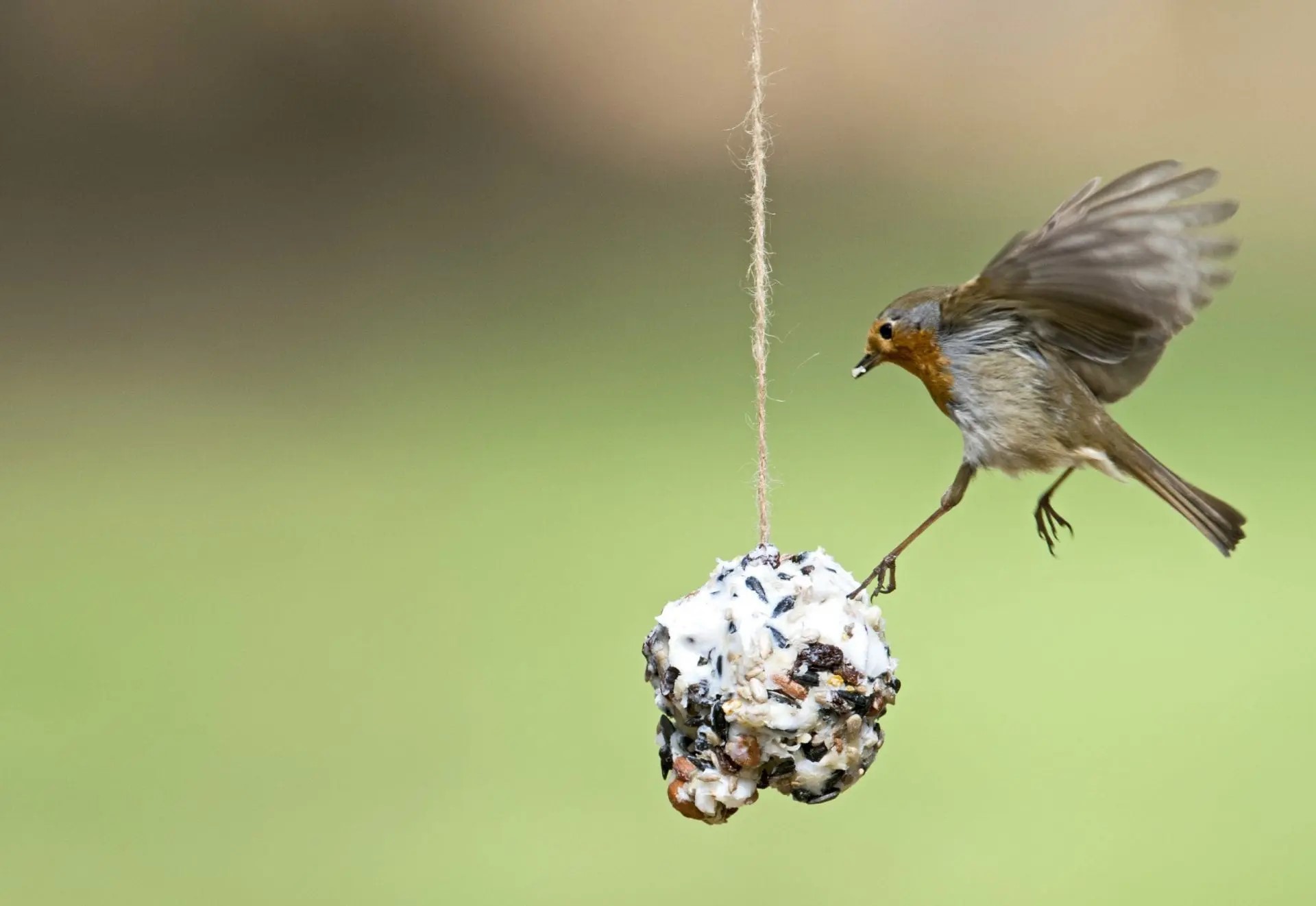
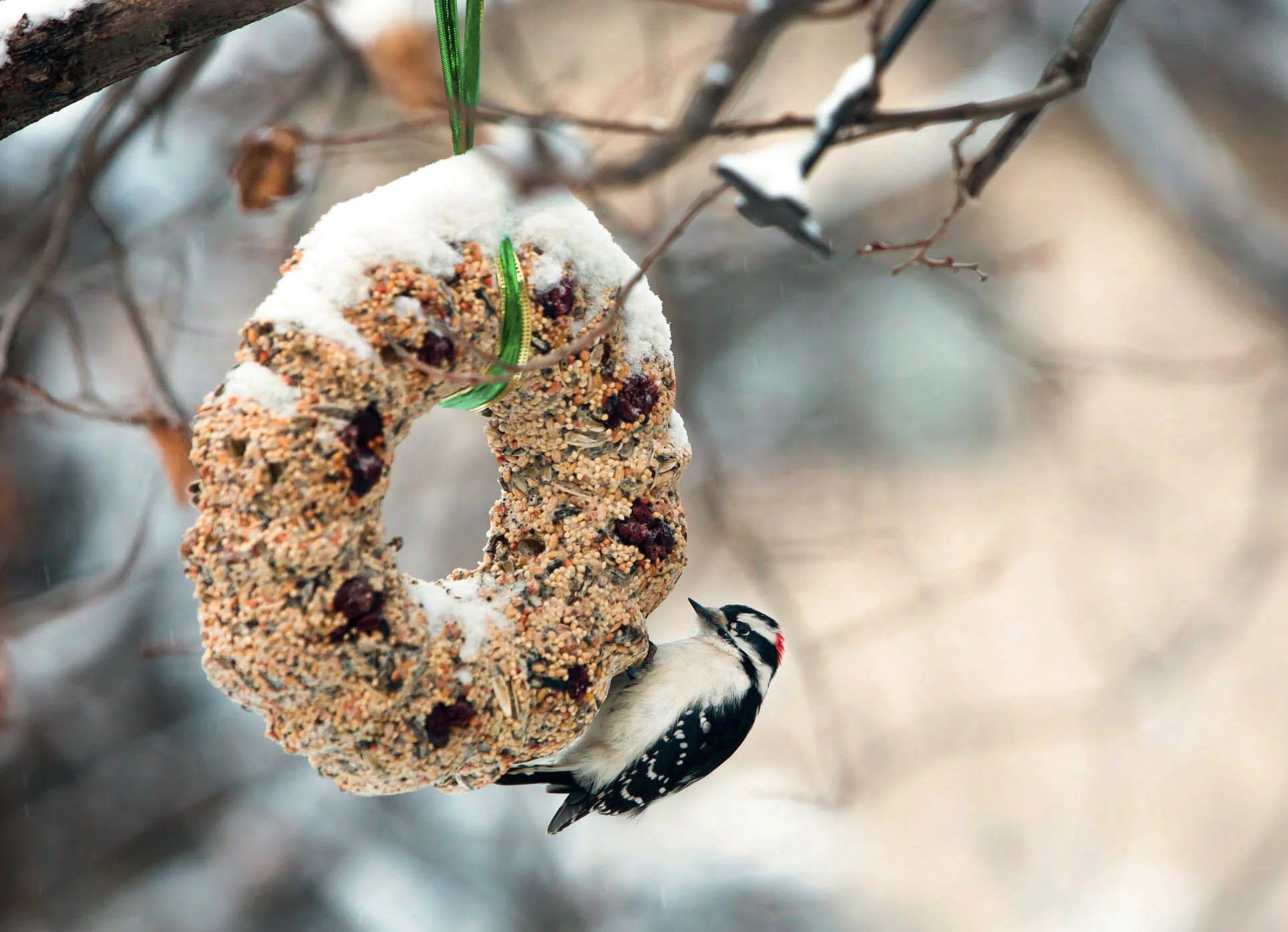
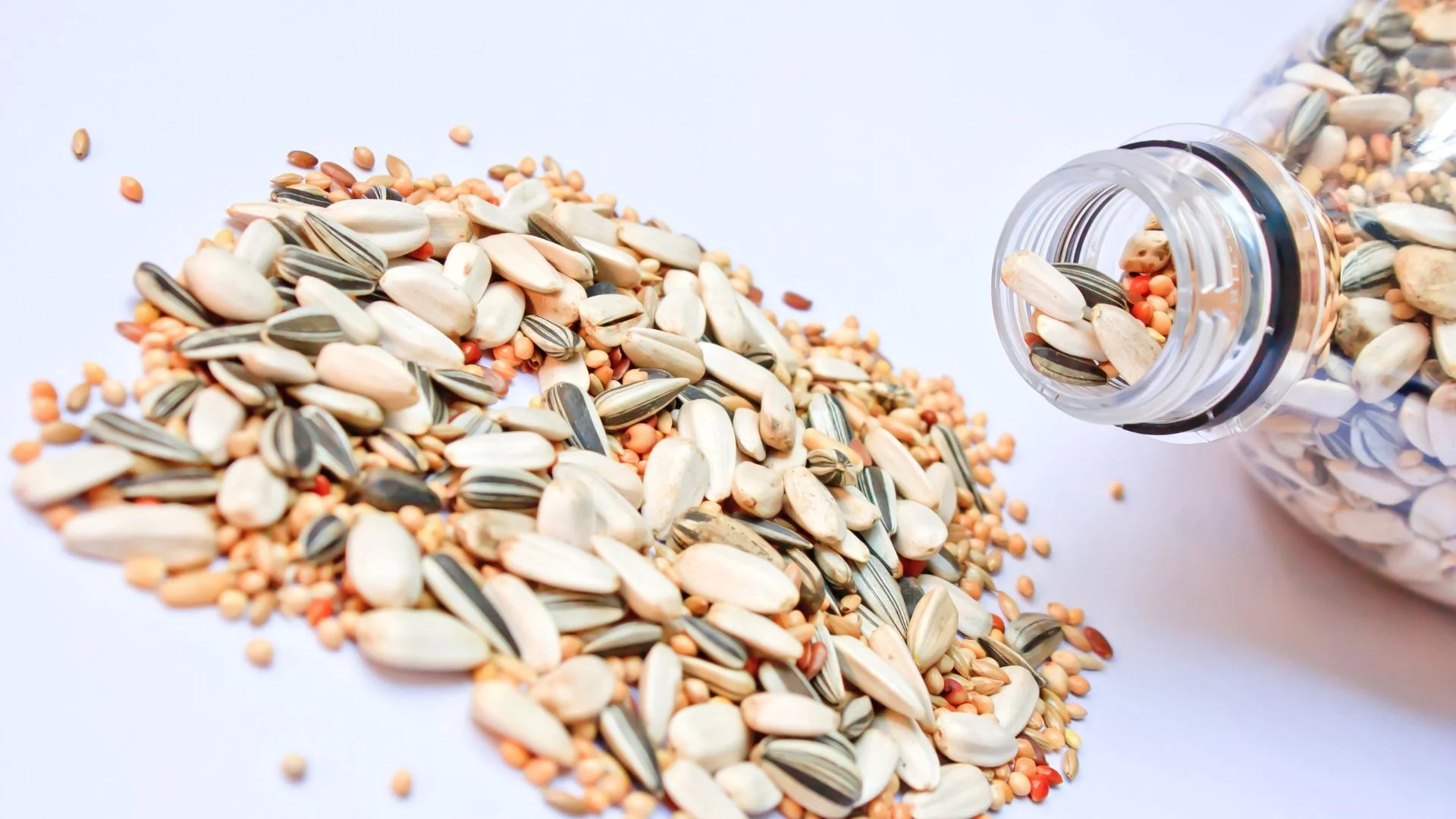
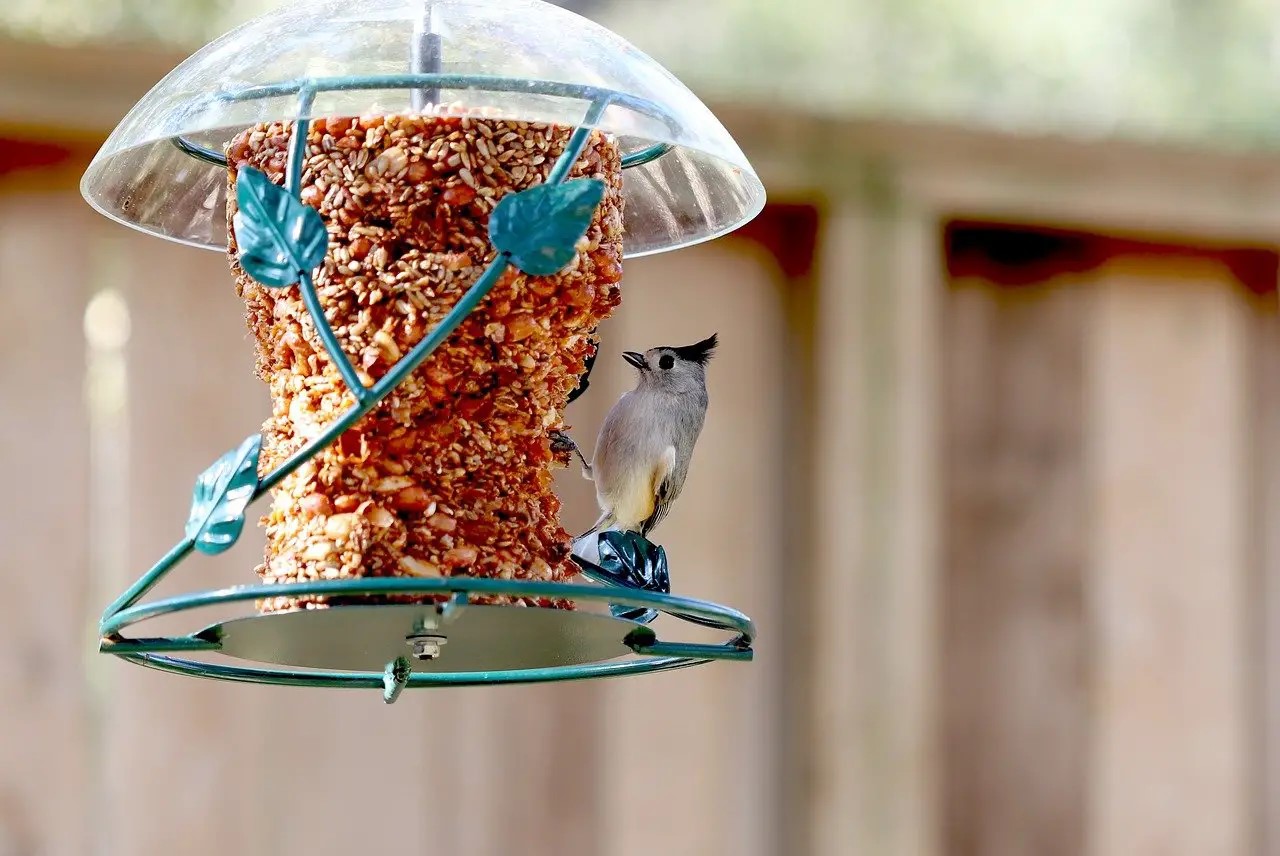
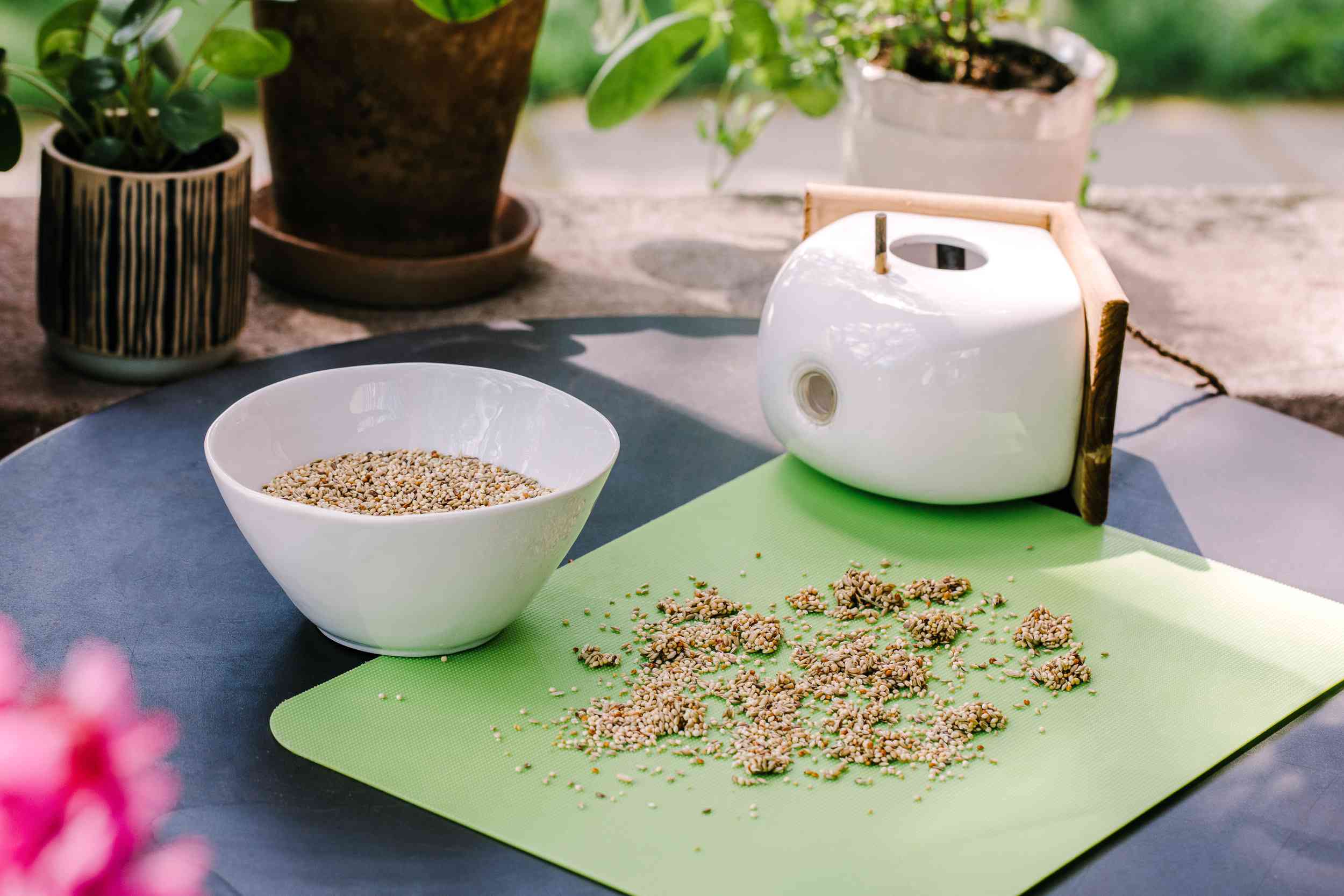

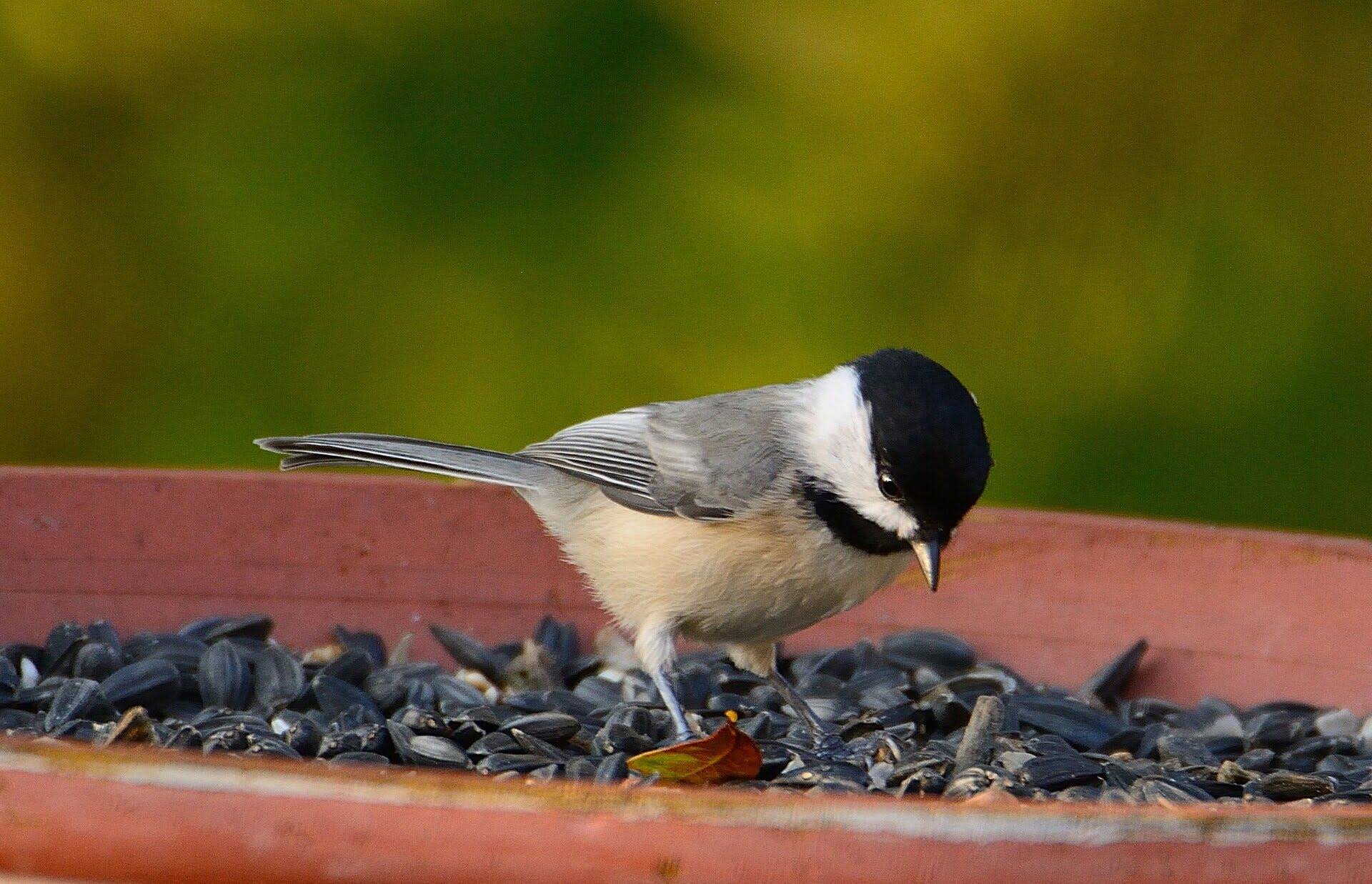

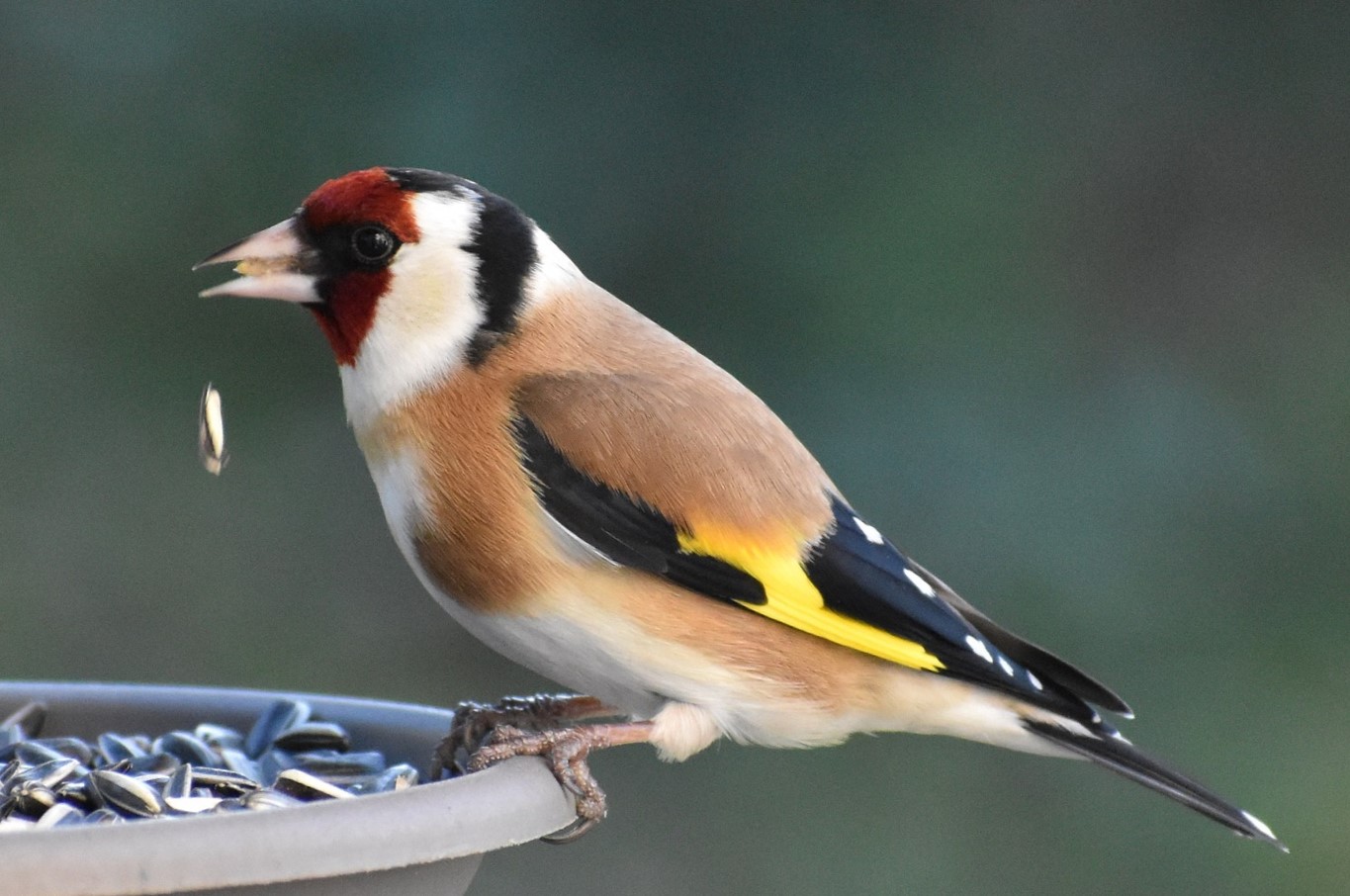
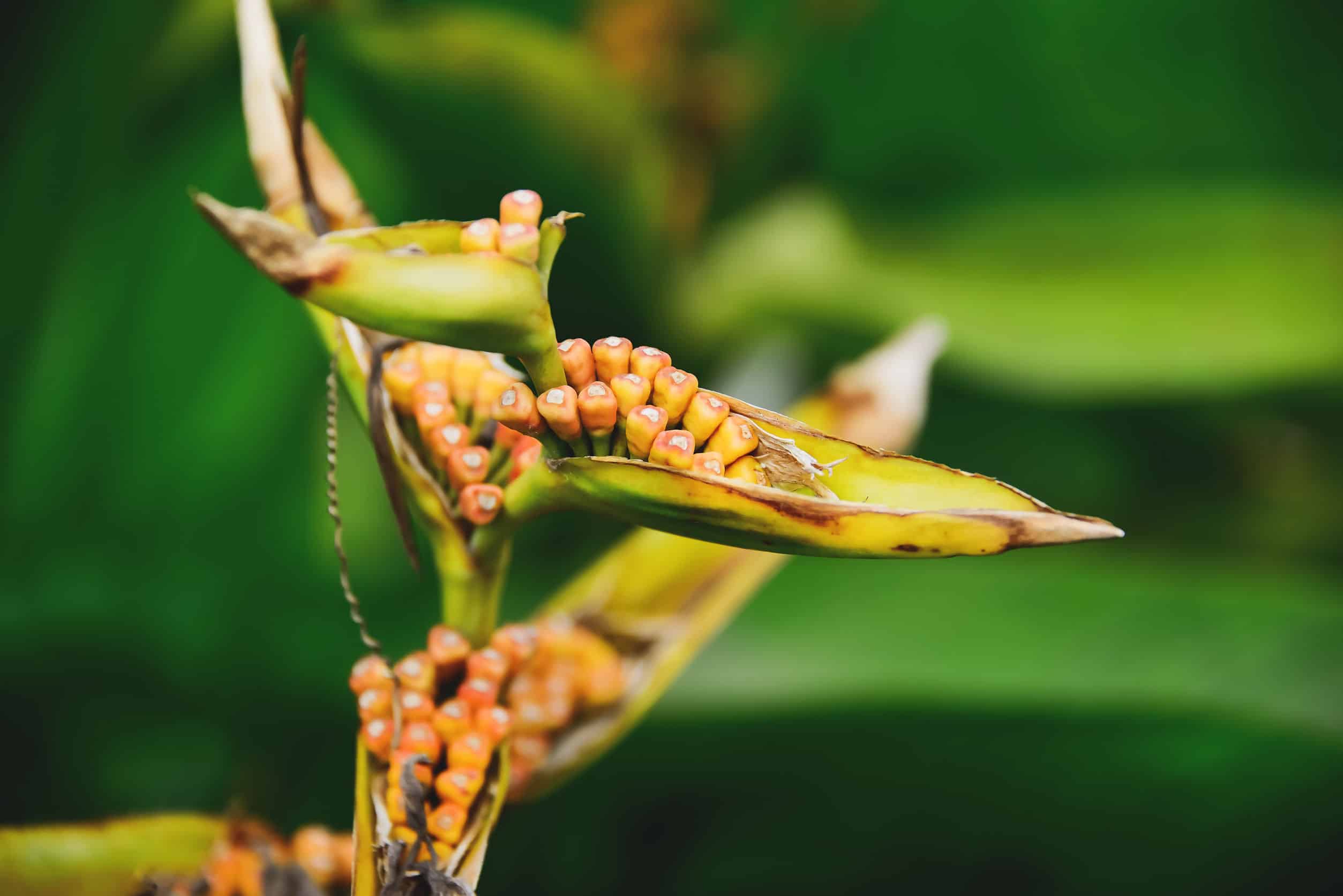
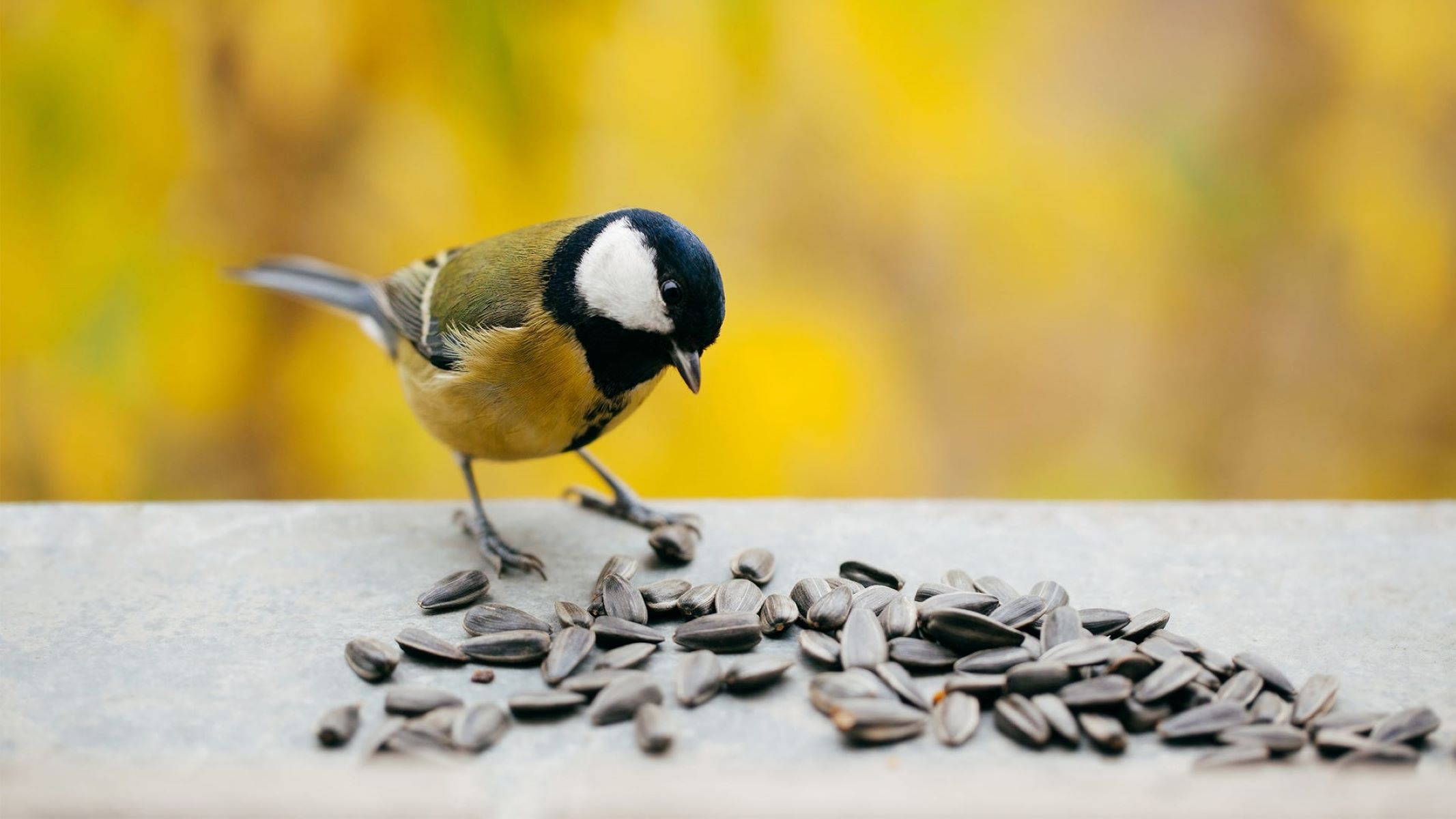
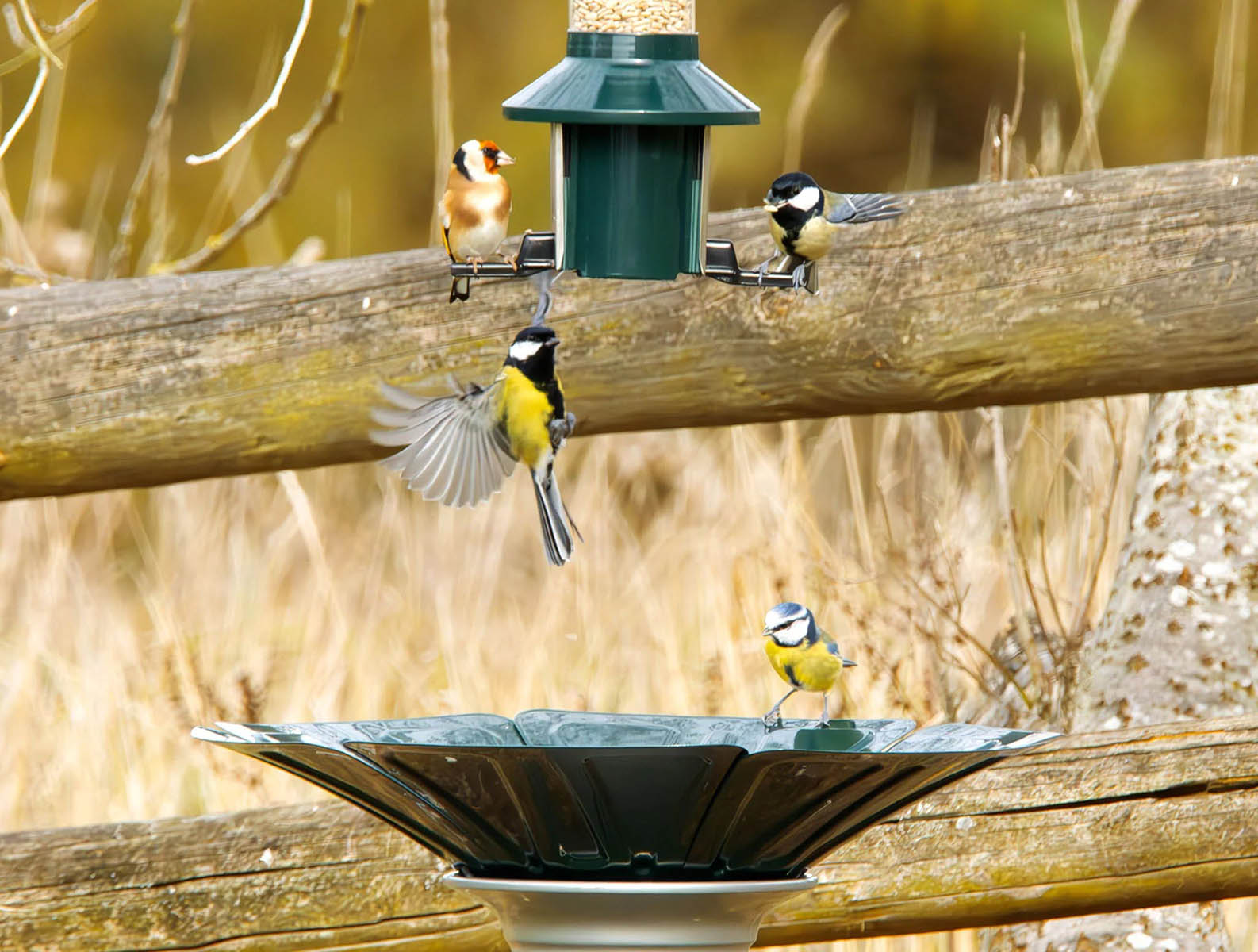
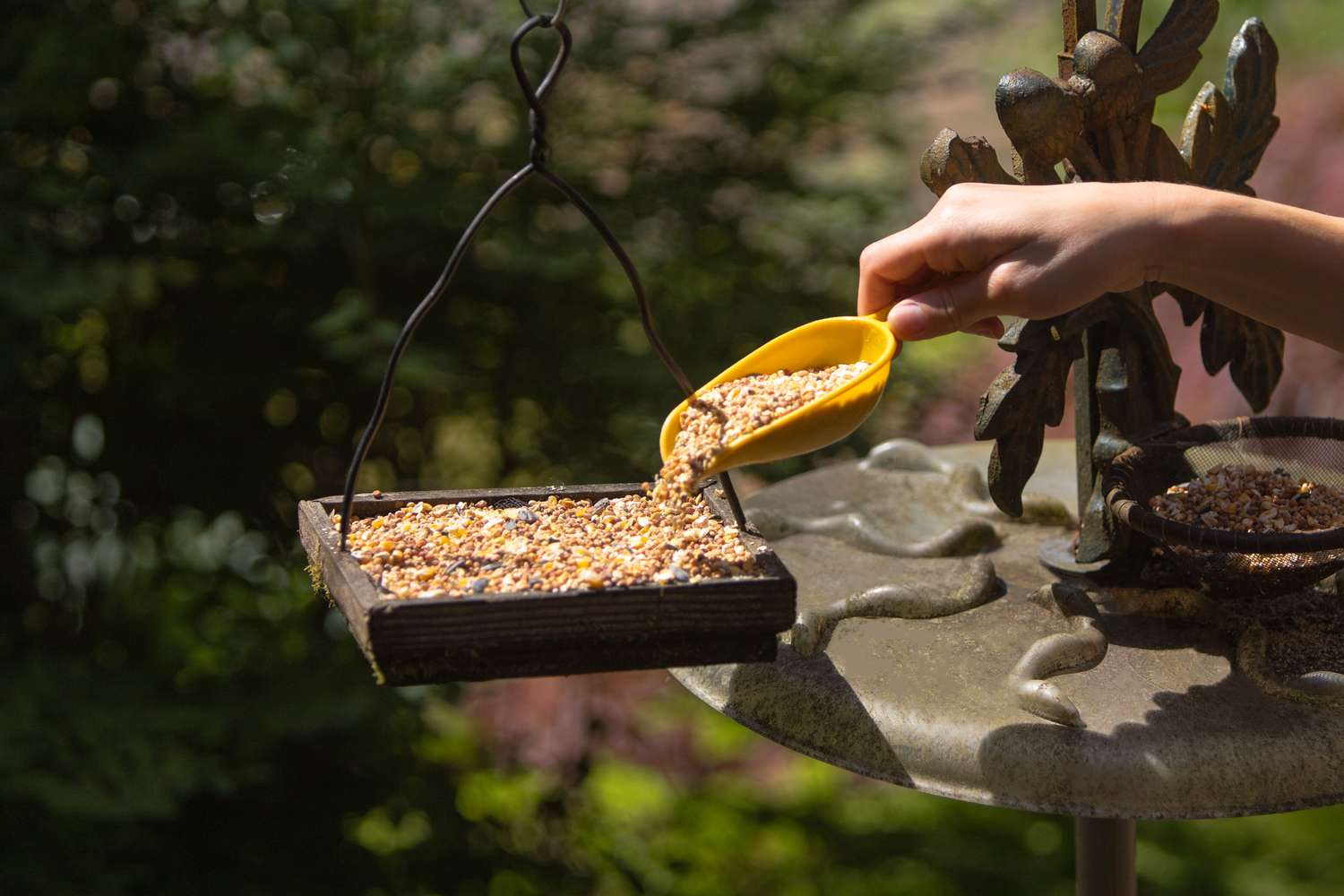

0 thoughts on “How To Make A Bird Seed Block”